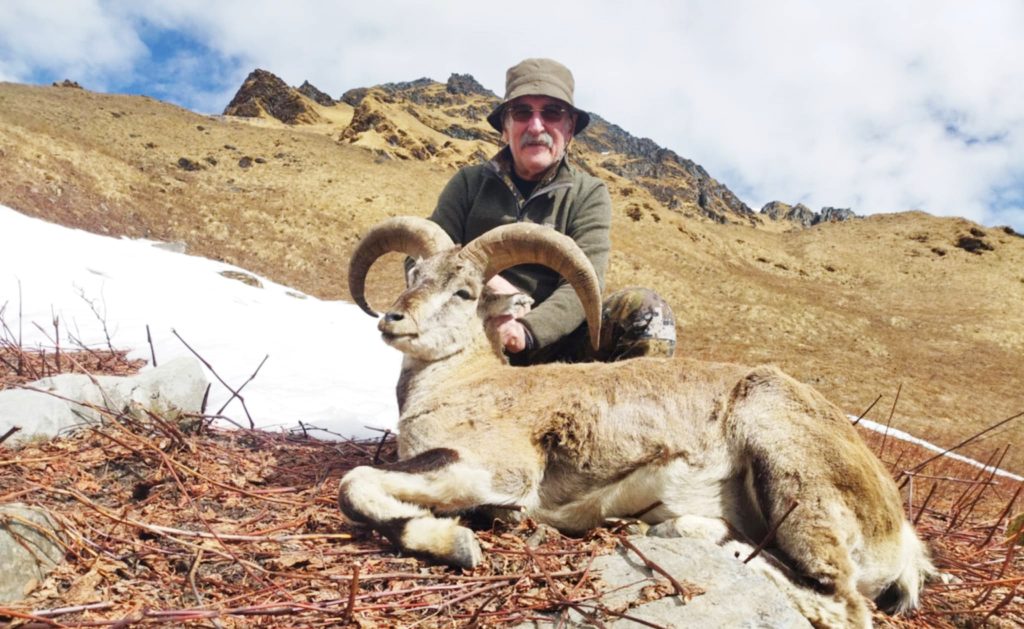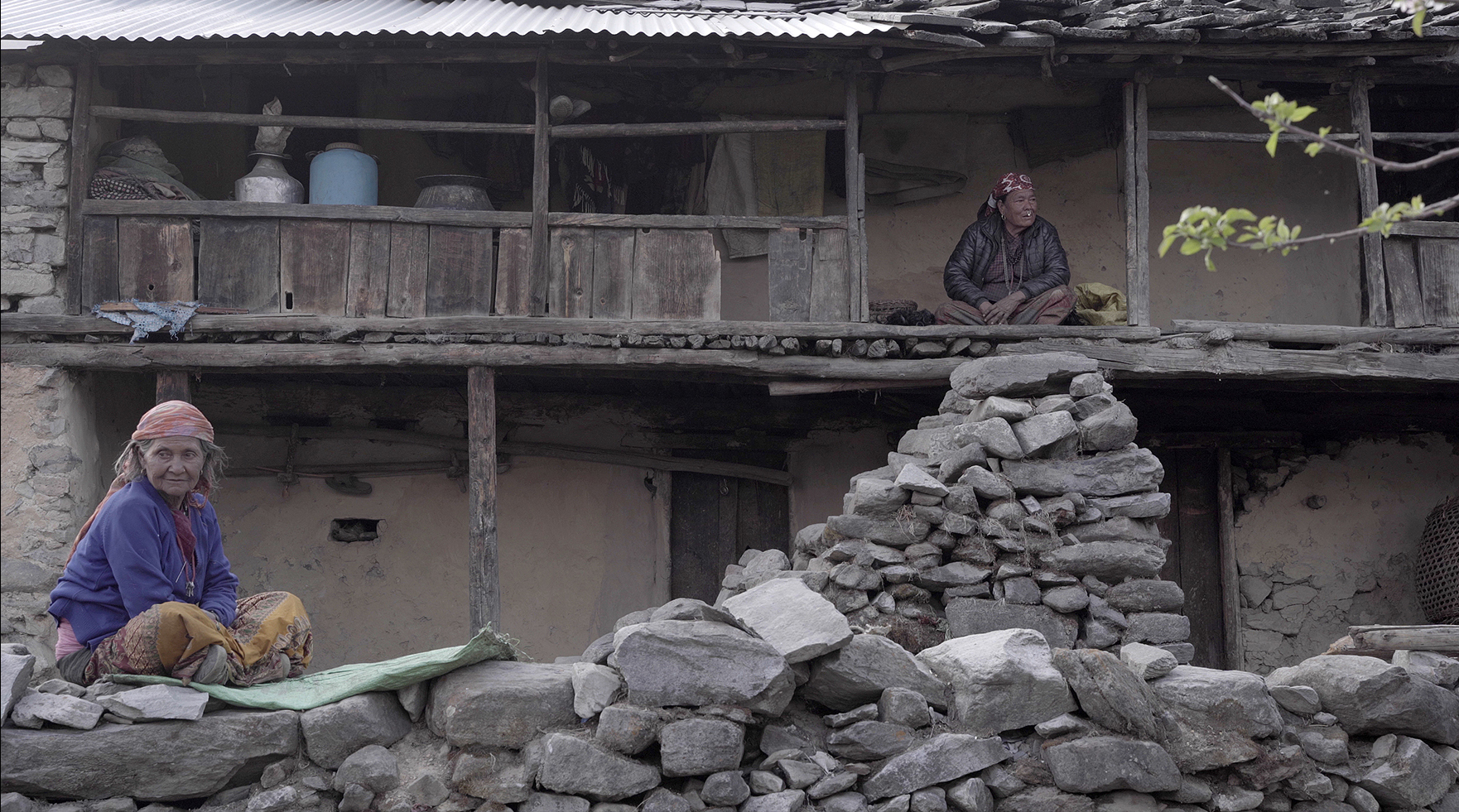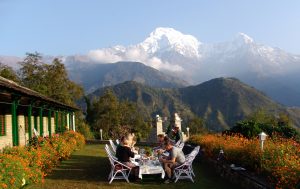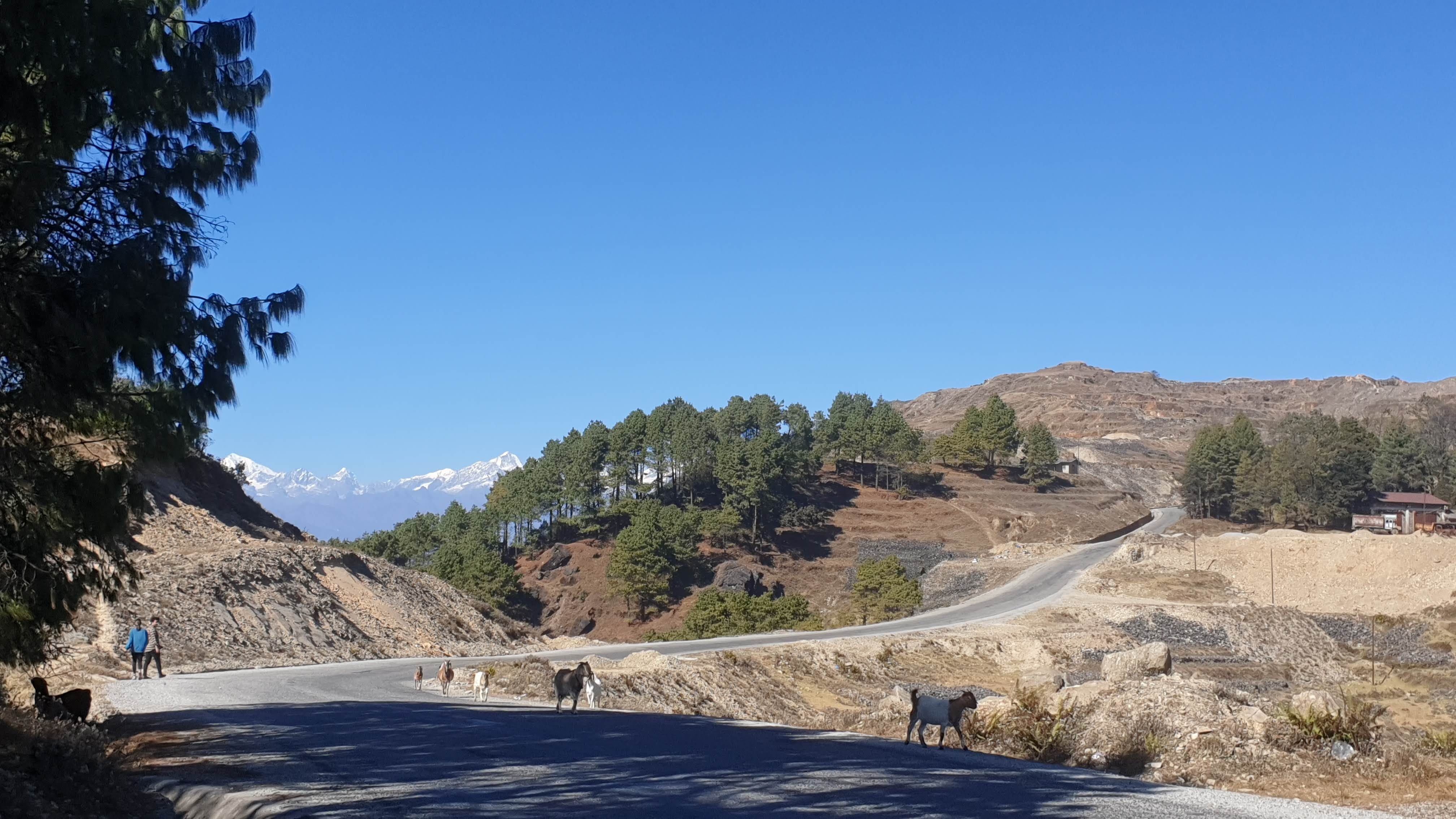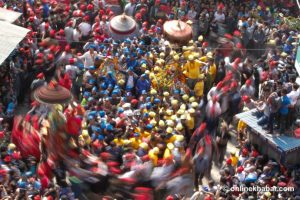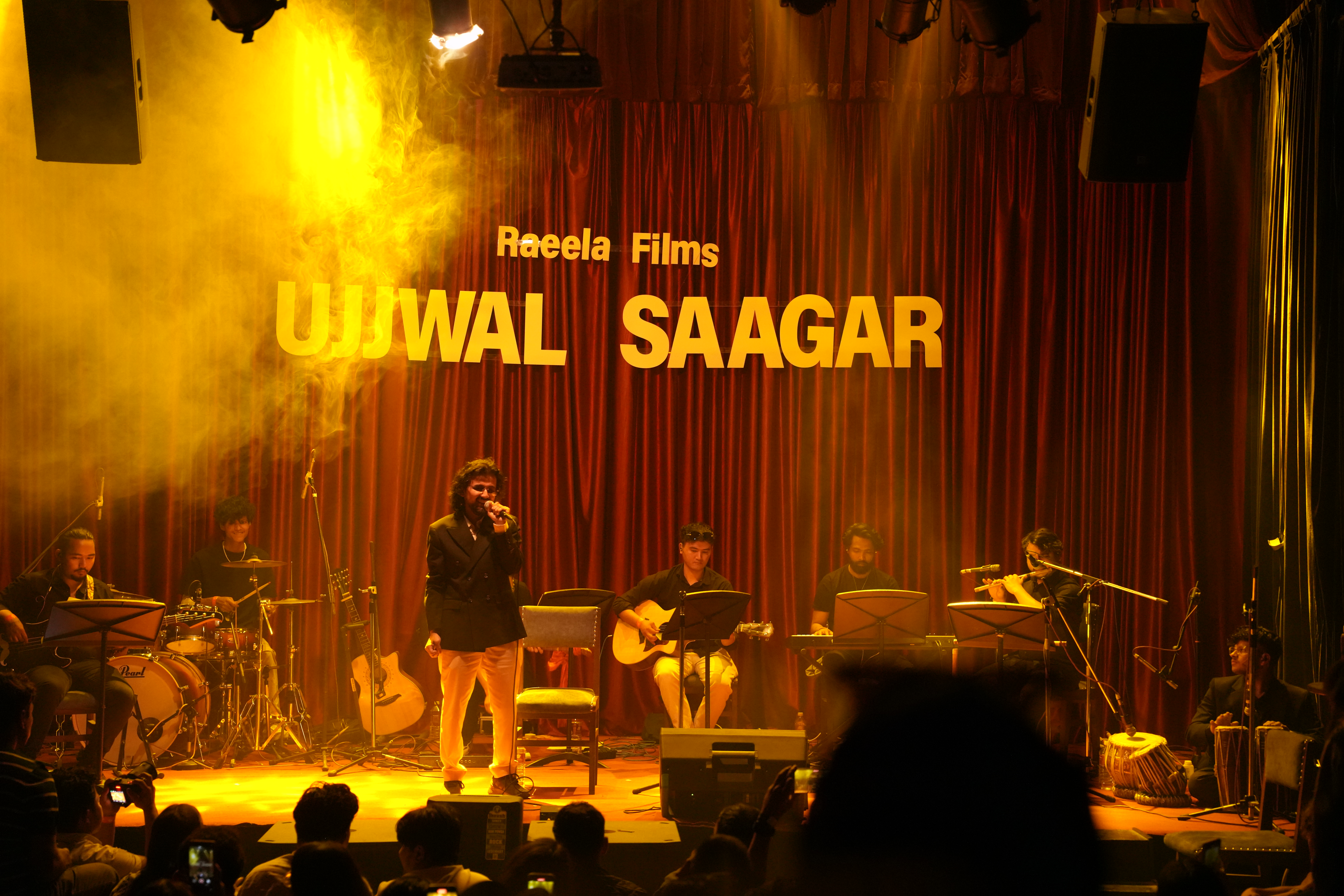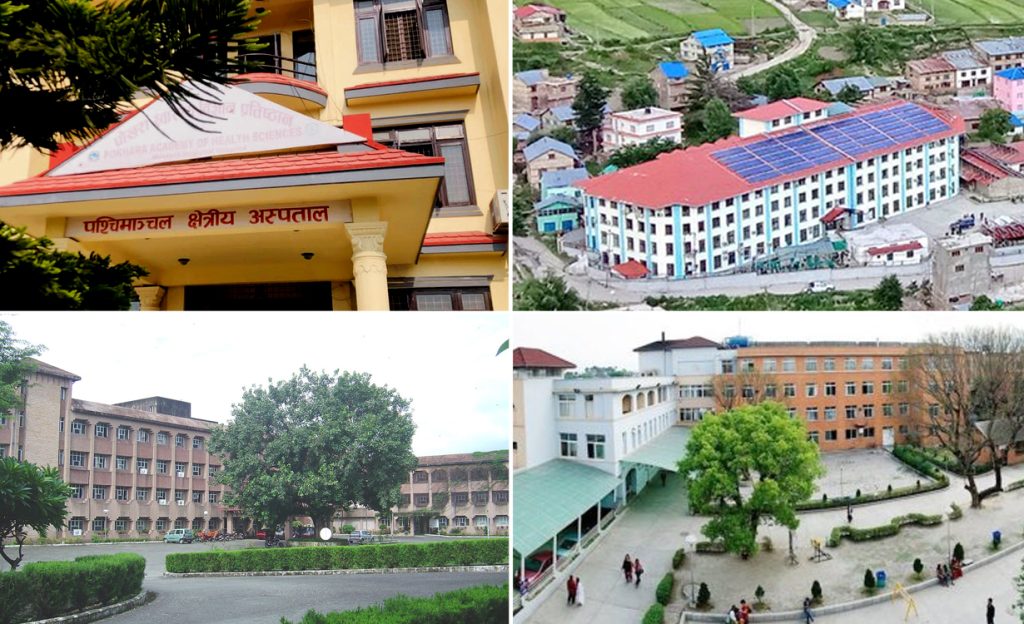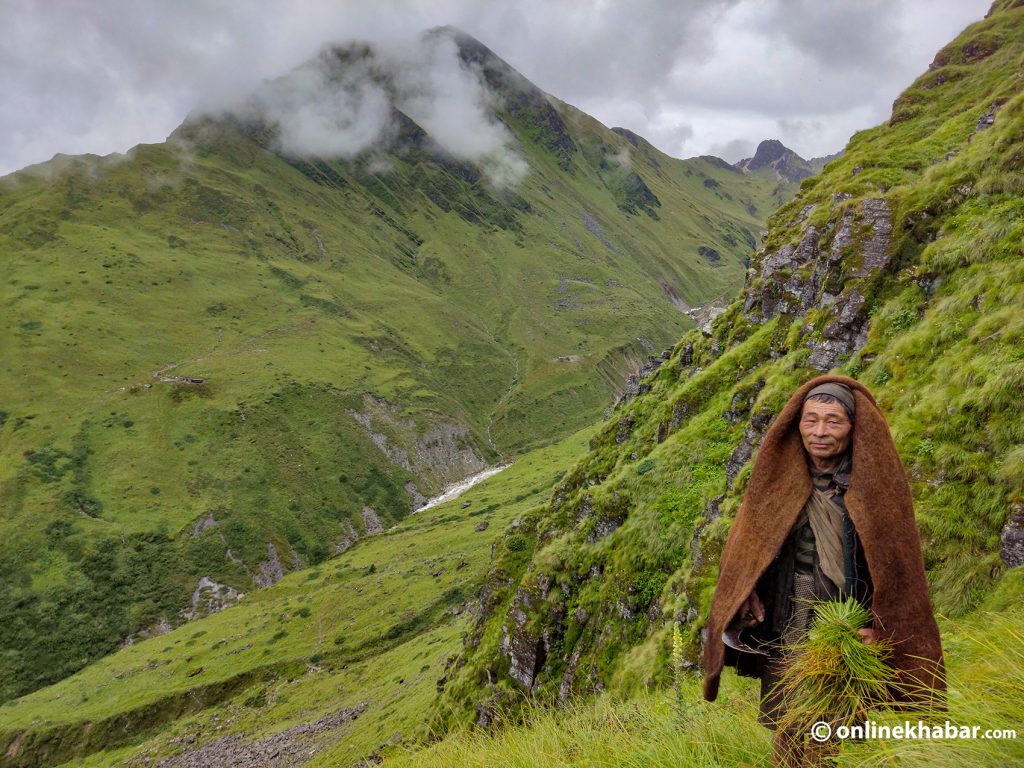
Dhorpatan Hunting Reserve is Nepal’s only hunting reserve. One can hunt animals here with a permit, at a specified time, in a specified area. It is a popular destination for foreign tourists who are fond of hunting.
The Department of National Parks and Wildlife Conservation determines the hunting limit every year by counting and monitoring the wild animals there.
The reserve has 32 mammal species. It is also the shelter for 164 species of birds, many of which are rare and protected. The reserve is one of the prime habitats for blue sheep, a highly coveted trophy.
Other animals found here are leopard, goral, serow, Himalayan tahr, Himalayan black bear, barking deer, wild boar, rhesus macazue, langur and mouse hare. Endangered animals in the reserve include musk deer, wolf, red panda, cheer pheasant and danphe.
The hunting reserve is spread over the areas of Rukum, Baglung and Myagdi districts. The reserve has been divided into seven blocks for hunting, namely— Sundah, Seng, Dogadi, Barse, Phagune, Surtibang, Ghustung, and hunting arrangements are made accordingly.
Divine Dhorpatan
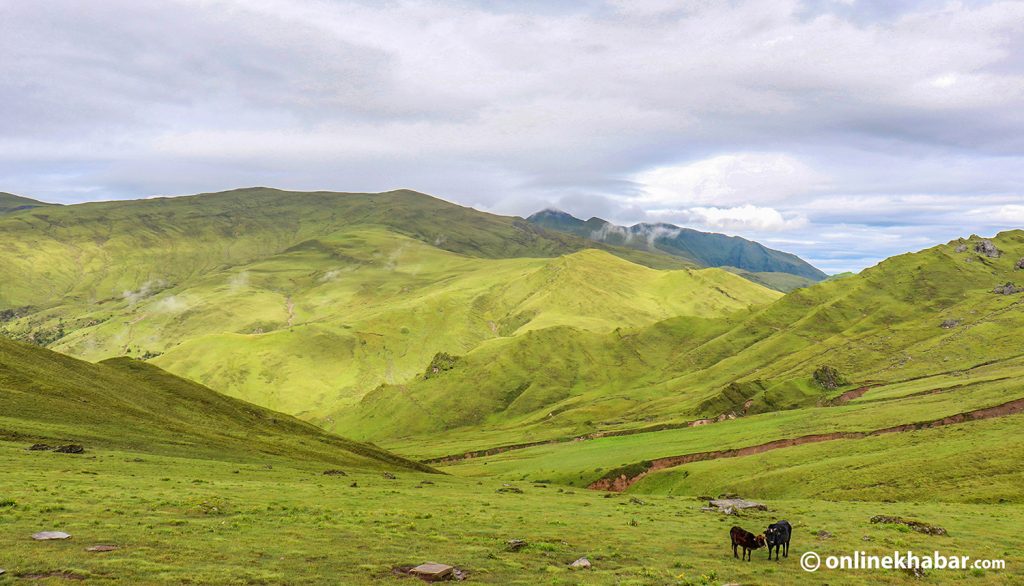
Dhorpatan is blessed by nature; anyone can get enchanted by its beauty. During the rainy season, the seemingly endless landscape is covered with wildflowers. Seeing the horses grazing in that field feels like a canvas skillfully drawn by a painter. The weather here is also very strange. In a moment the sky opens up, and in a moment the clouds cover the land.
Dhor Barah Temple in Uttarganga Dhorpatan is a religiously famous pilgrimage site. Pilgrims gather here on various festivals including Janai Purnima, and Shivaratri.
Another attraction of the region is the Chyantung Monastery and a Tibetan settlement, three km east of the hunting reserve headquarters. If you are interested in the culture and lifestyle of Tibetan refugees here, you must reach Chyantung to do so.
Buki: An exciting journey
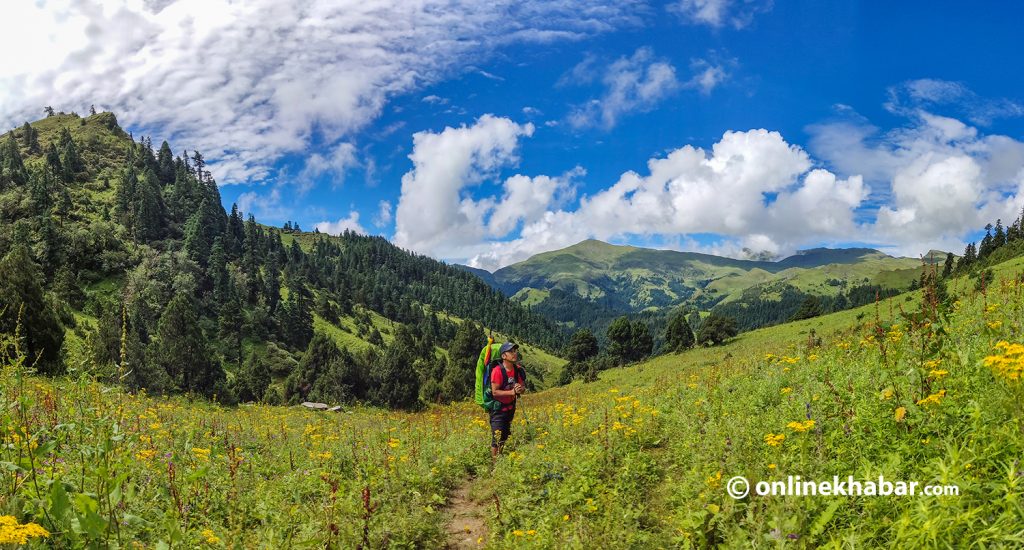
There is no point in visiting Dhorpatan without experiencing Buki. After the onset of the rainy season, there is not enough grazing area for cattle. That is why the herders there go up to the lake driving their cattle before the rainy season. This is called “Buki Uklanu” in the local language.
Shepherds who go up to the lake in April return only in October. This journey can be an exciting opportunity to closely observe the Buki tradition and shepherd life.
Before entering the hunting reserve, it is better to visit the information centre and museum in the main office there.
What is the best time to visit Dhorpatan?
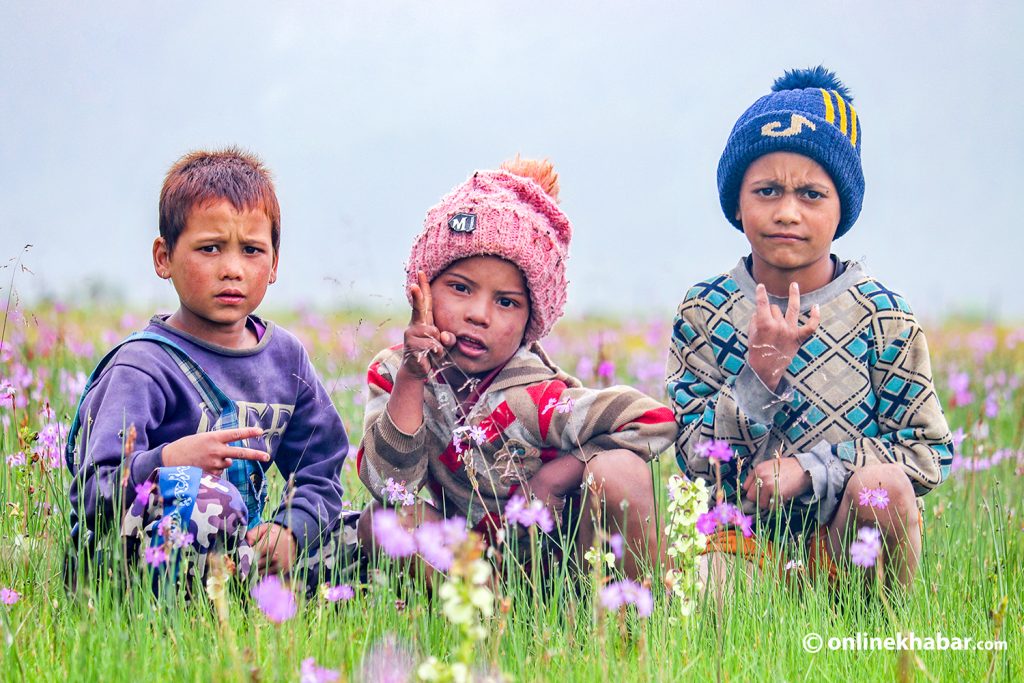
No matter which season you visit, you find different flavours of nature here. If it is monsoon, you can see the beautiful view of horses grazing in the colourful valley. If it is autumn, you can climb the hills and see the beautiful Dhaulagiri, Gurja and Churen mountains. In winter, the beautiful fields are covered with snow, which looks even more attractive.
Where to stay in Dhorpatan?
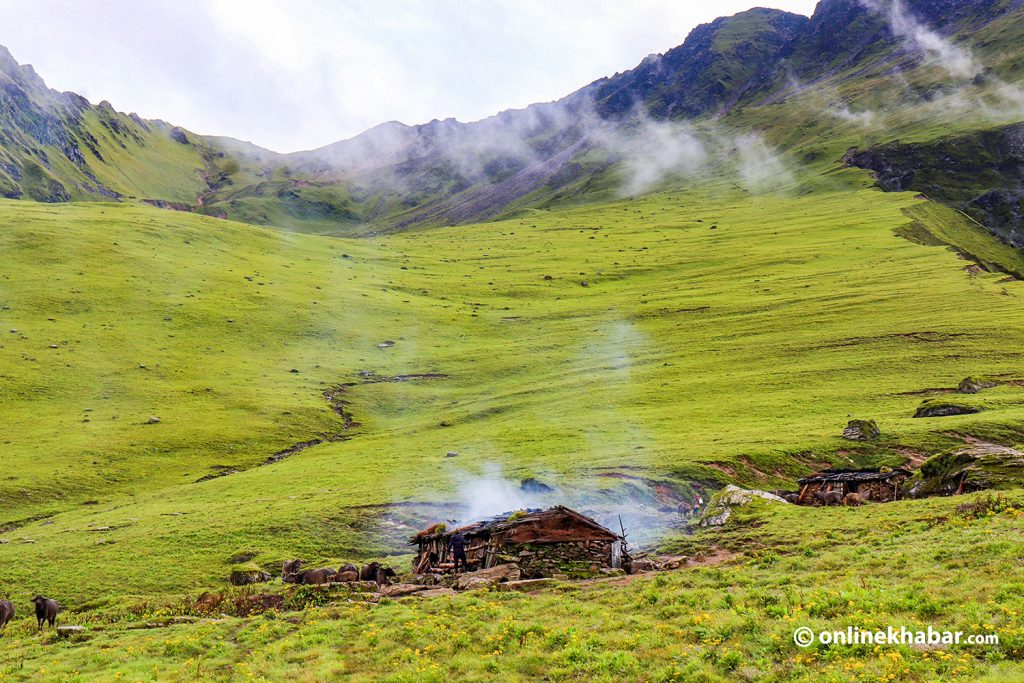
Homestays and hotels are operating in various villages in the area. Blue Sheep Hotel, Syaubari Thakali Kitchen, Community Hotel, Pankhathar Homestay etc provide organic food, hospitality and comfortable rooms. It is much better to inform them in advance if it is the peak tourist season.
How to go to Dhorpatan?
The area is easily accessible from the main cities of the country— Kathmandu and Pokhara. From Pokhara, follow the Mid-Hill Highway to reach Burtibang. It takes five hours on bus, car or bike. Dhorpatan is 30 km from Burtibang. The journey along the unpaved road takes around two hours on an SUV or bike.
This story was translated from the original Nepali version and edited for clarity and length.





